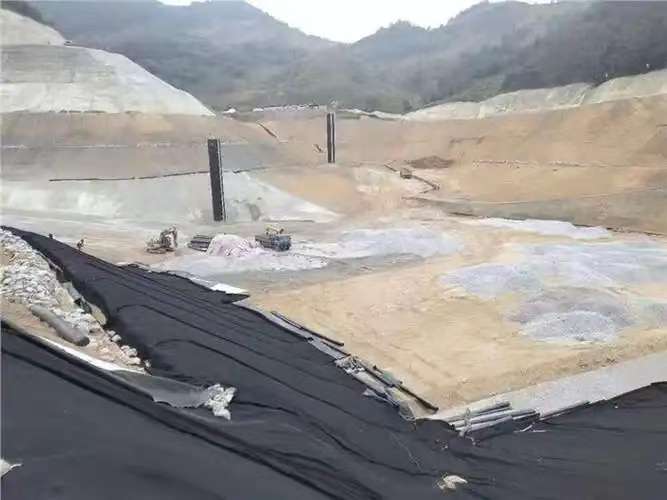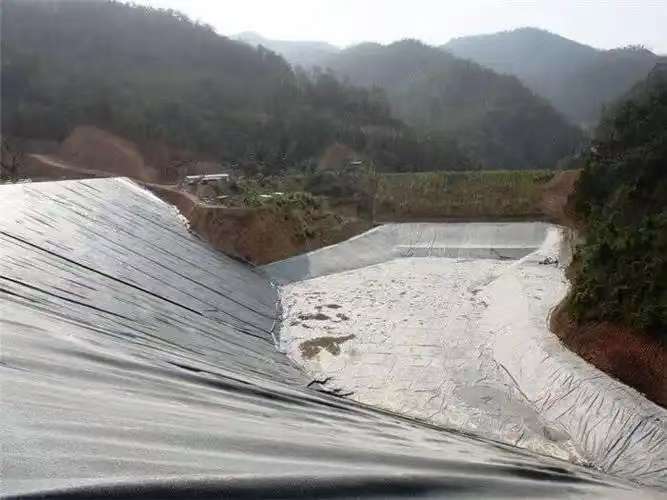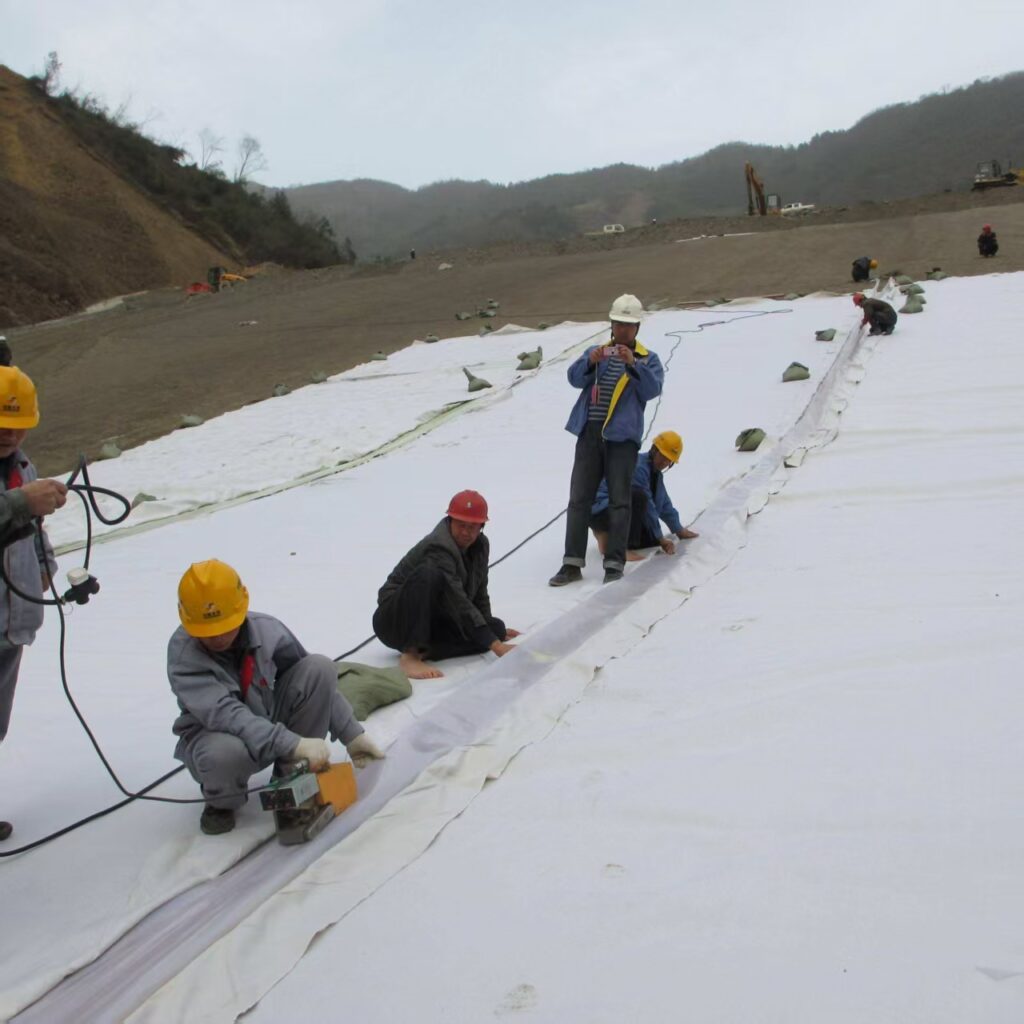



Geomembranes are high-performance polymer materials known for their excellent impermeability and durability, making them widely used in environmental protection projects. Environmental protection involves waste management, pollution control, and ecological conservation, and geomembranes play a critical role in providing impermeability, isolation, and protection in these projects. This article explores the application of geomembranes in environmental protection.
1. Impermeability in Landfills
Landfills are essential facilities for urban waste management, and their impermeability directly impacts the safety of groundwater and soil. Geomembranes, as highly effective impermeable materials, are widely used in the bases and cover layers of landfills. By installing geomembranes, leachate can be effectively prevented from seeping into the ground, avoiding contamination of groundwater and soil, and protecting the ecological environment.
2. Impermeability in Wastewater Treatment Plants
Wastewater treatment plants are crucial facilities for urban sewage management, and their impermeability directly affects the efficiency of wastewater treatment and environmental protection. Geomembranes can be applied to the tanks and channels of wastewater treatment plants to prevent sewage leakage and avoid pollution of the surrounding environment. By installing geomembranes, the impermeability of wastewater treatment plants can be significantly improved, safeguarding water resources and the ecological environment.
3. Impermeability in Hazardous Waste Treatment
Hazardous waste treatment is a critical aspect of environmental protection, and its impermeability directly influences the containment of harmful substances and environmental safety. Geomembranes can be used in the bases and slopes of hazardous waste treatment sites to prevent harmful substances from seeping into the ground, avoiding contamination of groundwater and soil. By installing geomembranes, hazardous materials can be effectively isolated, protecting the ecological environment.
4. Impermeability in Tailings Ponds
Tailings ponds are essential facilities for mining waste management, and their impermeability directly impacts the safety of groundwater and soil. Geomembranes can be applied to the bases and slopes of tailings ponds to prevent tailings leachate from seeping into the ground, avoiding contamination of groundwater and soil. By installing geomembranes, the impermeability of tailings ponds can be significantly enhanced, protecting the ecological environment.
5. Impermeability in Wetland Protection
Wetlands are critical ecosystems, and their protection and management are essential for maintaining ecological balance. Geomembranes can be used in the impermeable layers of wetlands to prevent water leakage and maintain water levels. By installing geomembranes, wetland ecosystems can be effectively protected, preserving their ecological balance.
### Conclusion The application of geomembranes in environmental protection is of great significance. By installing geomembranes, the impermeability of environmental protection projects can be significantly improved, enhancing their stability and safety while protecting the ecological environment. With advancements in technology and materials, the use of geomembranes in environmental protection will continue to expand, contributing to the development of more efficient and sustainable environmental management systems.
